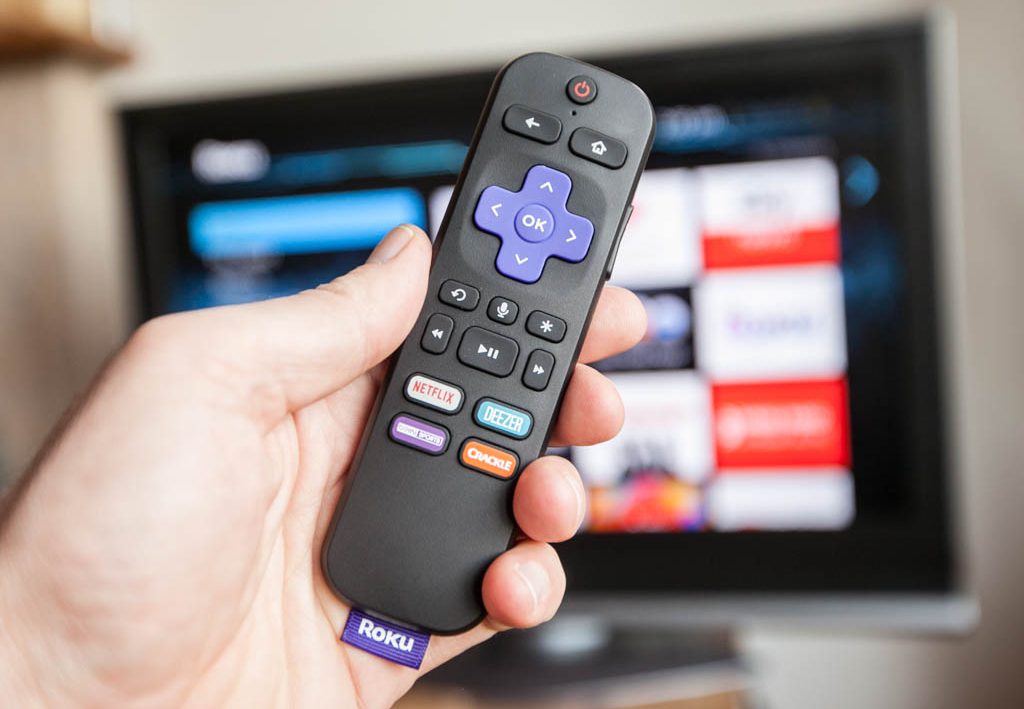
Having trouble with your Roku remote controlling two TVs at once? It can be frustrating when you’re trying to watch your favorite show in one room, but your remote is also changing the channel on another TV. Don’t worry; this guide will walk you through the steps to stop your Roku remote from controlling multiple TVs. We’ll cover everything from understanding why this happens to practical solutions you can implement right away. Let’s dive in!
Section 1: Understanding the Problem
Why Is My Roku Remote Controlling Two TVs?
Roku remotes use infrared (IR) signals to communicate with your Roku devices. If you have two TVs in close proximity with Roku devices, your remote might be sending signals to both. This happens because IR signals are broad and can easily bounce around, affecting multiple devices in the same room or even adjacent rooms. Additionally, if you have two Roku devices with similar settings, your remote might be paired with both, causing this issue.
Identifying the Cause
Before jumping into solutions, it’s important to identify whether the issue is due to IR interference or remote pairing. Try using your remote in one room while covering the IR sensor of the other TV. If this stops the interference, IR signals are likely the problem. If not, your remote might be paired with both devices.
Section 2: Physical Solutions
Separate the TVs
The simplest solution is to increase the distance between the two TVs. If they are in the same room or adjacent rooms, try moving one to a different location. This can help reduce the likelihood of IR signals affecting both TVs.
Use Barriers
Another easy fix is to create physical barriers that block the IR signals. You can use furniture, walls, or even IR-blocking films to prevent the remote signals from reaching the second TV. This can be a quick and cost-effective way to resolve the issue without making significant changes to your setup.
Section 3: Adjusting Settings on Roku Devices
Change the Roku Device Names
Naming your Roku devices differently can help you keep track of which device you are controlling. On the Roku home screen, go to Settings > System > About. Here, you can rename your devices. While this doesn’t stop the remote from sending signals to both TVs, it helps you avoid confusion when managing multiple devices.
Use Different Roku Accounts
Another strategy is to use different Roku accounts for each device. This method ensures that each remote is linked to a specific account and device, reducing the chances of cross-interference. Sign in to each Roku device with separate accounts to implement this solution.
Section 4: Pairing and Unpairing Remotes
Unpair and Re-pair Your Roku Remote
If your remote is paired with both devices, unpairing and re-pairing it with the desired device can solve the problem. To unpair, press and hold the Home, Back, and Pairing buttons together for a few seconds until the remote’s LED light starts flashing. Then, re-pair the remote with the intended device by following the on-screen instructions.
Use a Different Roku Remote
Using a different Roku remote for each TV can help avoid the overlap. If you have an extra remote, pair it with one of the TVs. This way, each TV has a dedicated remote, and you can avoid the issue of controlling both TVs with one remote.
Section 5: Advanced Solutions
Use a Universal Remote
Investing in a universal remote that supports multiple devices can be a long-term solution. These remotes allow you to control different devices with separate commands, reducing the risk of interference. Make sure to program the universal remote properly, so it only sends signals to the intended TV.
Enable HDMI-CEC
HDMI-CEC (Consumer Electronics Control) allows you to control multiple devices connected through HDMI with one remote. By enabling HDMI-CEC, you can set up your TVs to respond only to their specific remotes. Check your TV’s settings menu for HDMI-CEC options and enable it.
Section 6: Additional Tips and Troubleshooting
Check for Firmware Updates
Sometimes, software updates can fix issues with remote control interference. Ensure your Roku devices have the latest firmware. Go to Settings > System > System Update to check for updates.
Reset Your Roku Devices
As a last resort, you can reset your Roku devices to factory settings. This will erase all settings and preferences, allowing you to start fresh. Go to Settings > System > Advanced System Settings > Factory Reset. Be sure to back up any important data before performing a reset.
Seek Professional Help
If all else fails, consider reaching out to Roku support or a professional technician. They can provide personalized assistance and help you resolve any persistent issues.
Conclusion
Dealing with a Roku remote controlling two TVs can be annoying, but with the right approach, you can easily fix this problem. From simple physical adjustments to more advanced solutions like using universal remotes or enabling HDMI-CEC, there are plenty of options to explore. By following the steps outlined in this guide, you’ll be back to enjoying your shows without any unwanted interruptions in no time.
